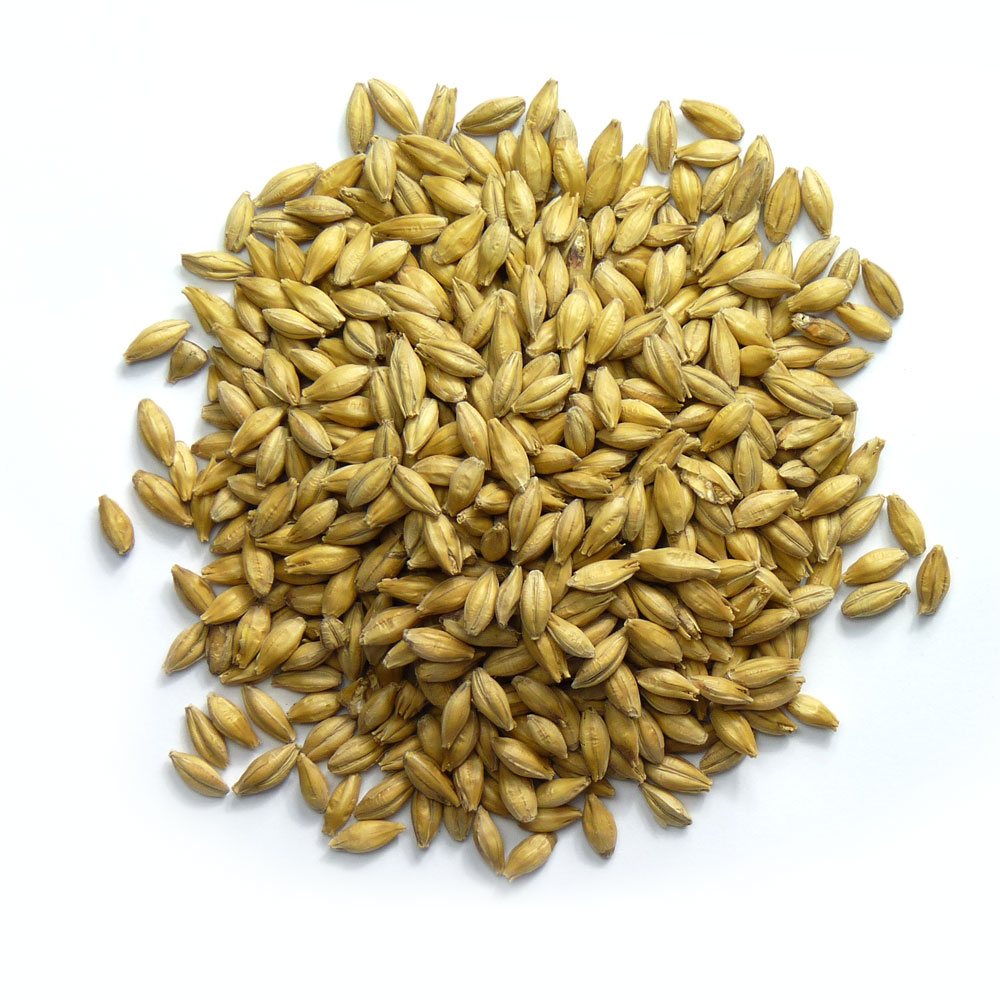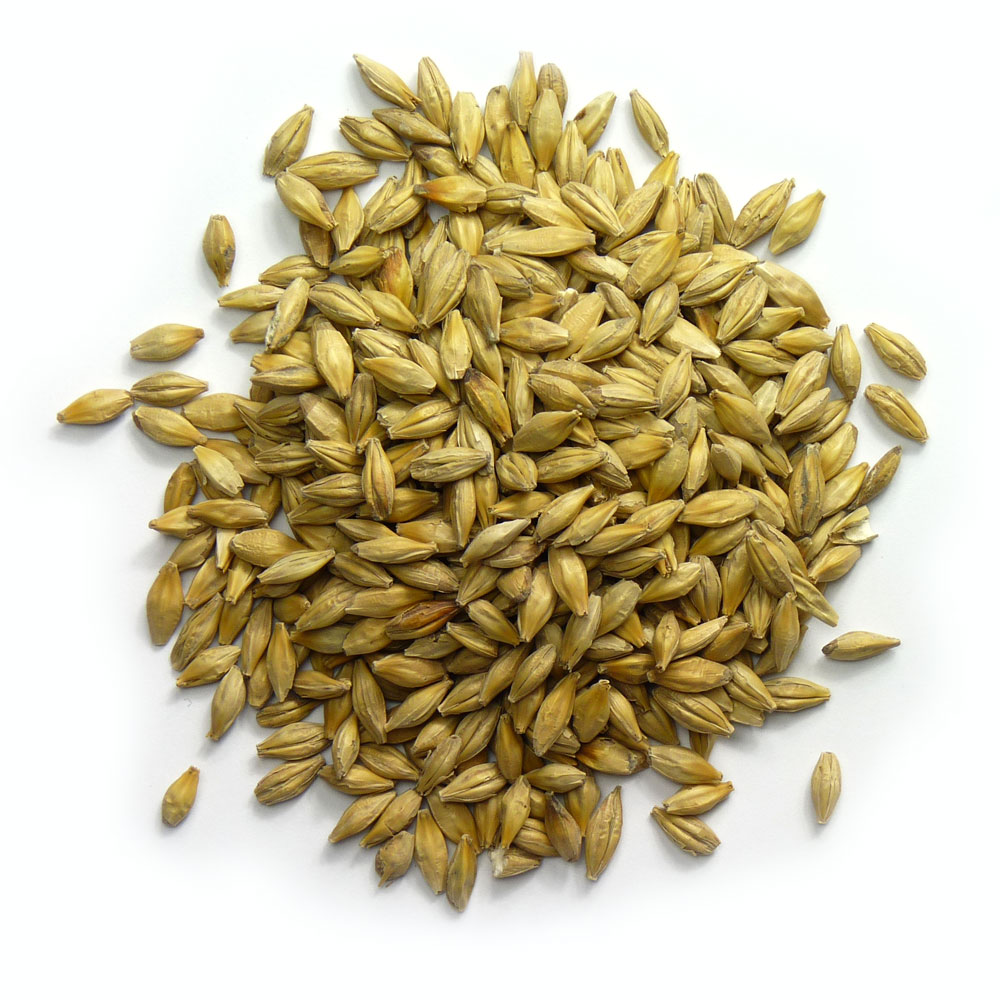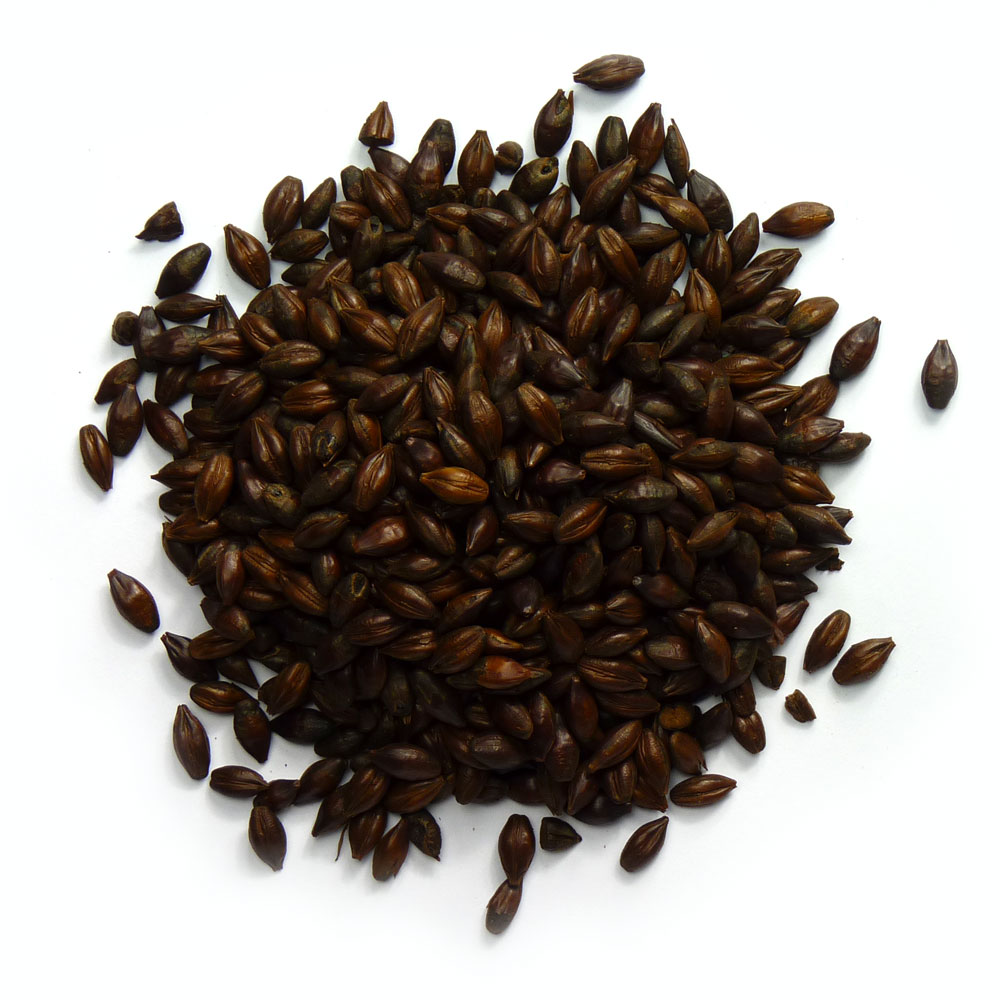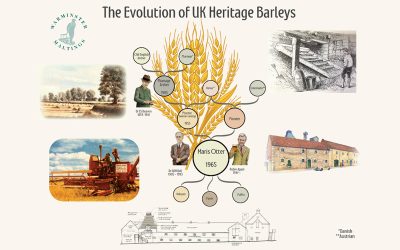Malts with Character
Our very original and iconic Victorian Maltings is the only stand-alone Maltings of its type in the UK, if not the world. Brewers and Distillers, if you are looking for Malts with heritage, provenance, pronounced quality and character, only Warminster Malt can deliver that level of integrity.
Award Winning Malts

Malts with Character
Our very original and iconic Victorian Maltings is the only stand-alone Maltings of its type in the UK, if not the world. Brewers and Distillers, if you are looking for Malts with heritage, provenance, pronounced quality and character, only Warminster Malt can deliver that level of integrity.
Award Winning Malts

Forever, Warminster has been famous for malt.
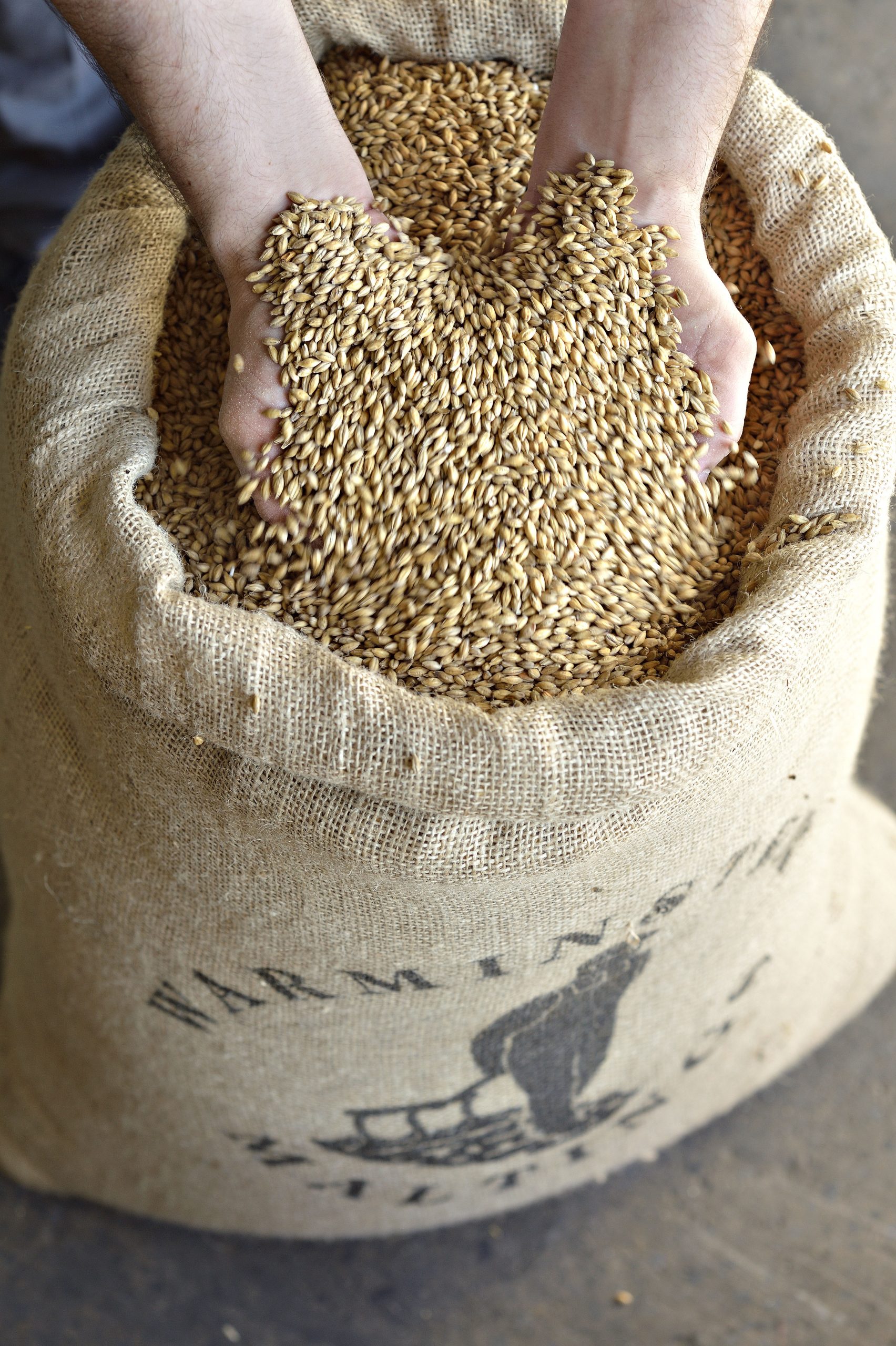
In 1855, when William Morgan planned his substantial new malting complex on the (then) edge of Warminster town, he designed a remarkable structure which incorporated greater efficiency at every stage of the process. From walls built of stone (better insulation) to the 5ft ceilings on the germination floors (more stable temperatures), Morgan shunned Victorian grandeur in favour of industrial efficiency. It is not surprising that 165 years later this maltings continues to endure.
Warminster town is one of the former “malting capitals” of the British Isles, sitting on the western tip of the important Icknield Series soil type, the most perfect soil for growing premium malting barley. Top quality barleys grown across Salisbury Plain have sustained this maltings forever, and continue to do so. Now owned, and managed day to day by the pre-eminent Hampshire based barley merchant, Robin Appel, access to barley supplies has taken on a whole new dimension. It has widened the procurement window to ensure, every year, preferential access to the best of the best premium quality barleys, at the most competitive prices!
The Brewers of Britain present – “I know what I like” 1973
After ordering a pint at his local and taking a sip, the actor Bernard Cribbins sets out to explain the brewing process, with a little help from some of his ‘relatives’ in the industry, all played by Cribbins himself. One ‘cousin’ explains the malting process, where barley is germinated and malted, whilst another talks about hops, which contribute to the flavour of beer. His ‘uncle’, who works in a traditional brewery, explains the process, from the sparging of the malt in the mash tun, to the addition of hops, followed by yeast to aid fermentation, before the beer is conditioned and siphoned into casks.
Brewing on an industrial scale is also explained by Cribbins, with the help of one ‘relative’ who grows large amounts of barley in Hampshire, and a ‘distant relative’ who works as a technician at a large brewery. The film concludes with a glimpse at pub life, with a variety of environments catering for a range of tastes, but linked together by one thing: beer. With the process explained, Cribbins heads back to the bar for another pint, which is pulled by the governor, his ‘father’.
Forever, Warminster has been famous for malt.

In 1855, when William Morgan planned his substantial new malting complex on the (then) edge of Warminster town, he designed a remarkable structure which incorporated greater efficiency at every stage of the process. From walls built of stone (better insulation) to the 5ft ceilings on the germination floors (more stable temperatures), Morgan shunned Victorian grandeur in favour of industrial efficiency. It is not surprising that 165 years later this maltings continues to endure.
Warminster town is one of the former “malting capitals” of the British Isles, sitting on the western tip of the important Icknield Series soil type, the most perfect soil for growing premium malting barley. Top quality barleys grown across Salisbury Plain have sustained this maltings forever, and continue to do so. Now owned, and managed day to day by the pre-eminent Hampshire based barley merchant, Robin Appel, access to barley supplies has taken on a whole new dimension. It has widened the procurement window to ensure, every year, preferential access to the best of the best premium quality barleys, at the most competitive prices!
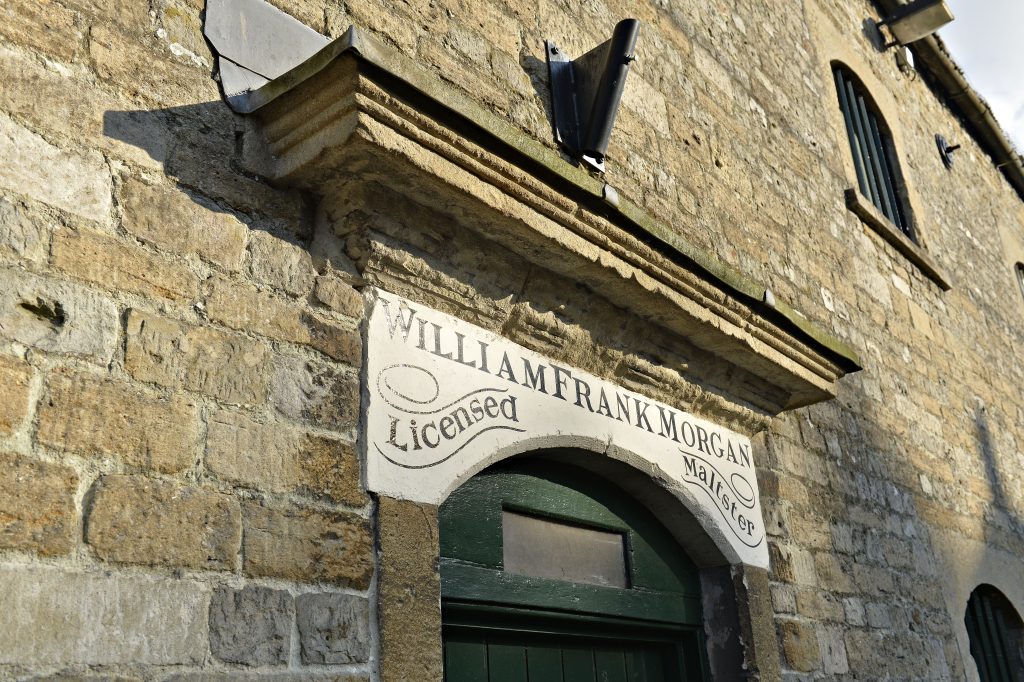
Our History

Our Barley Supply
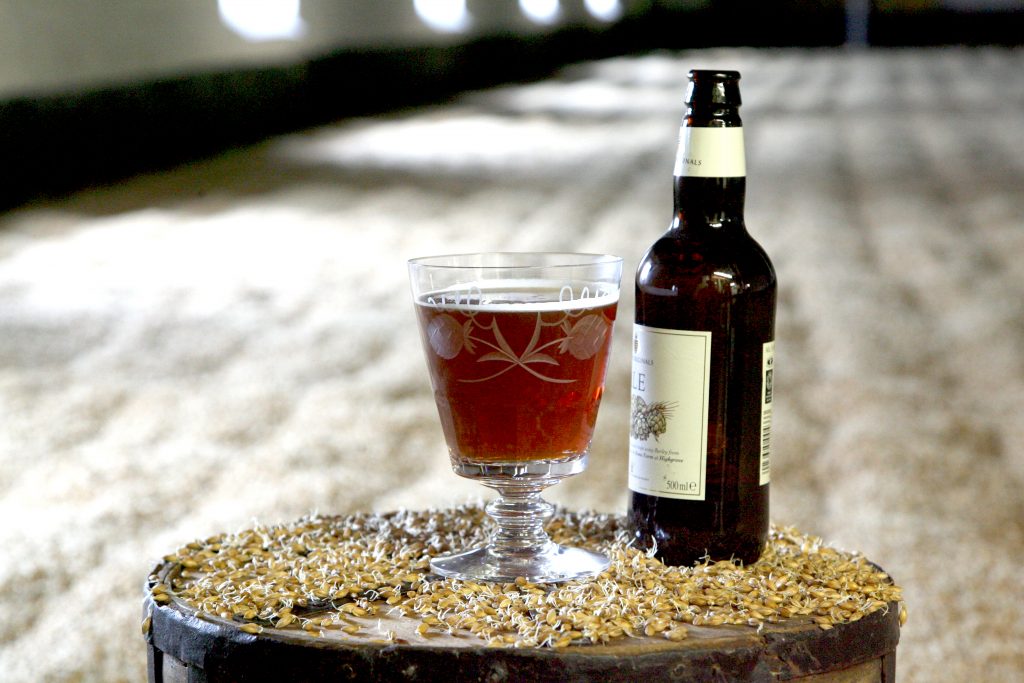
Our Brewers Malts

Our Distillers Malts

Our Delivery Service
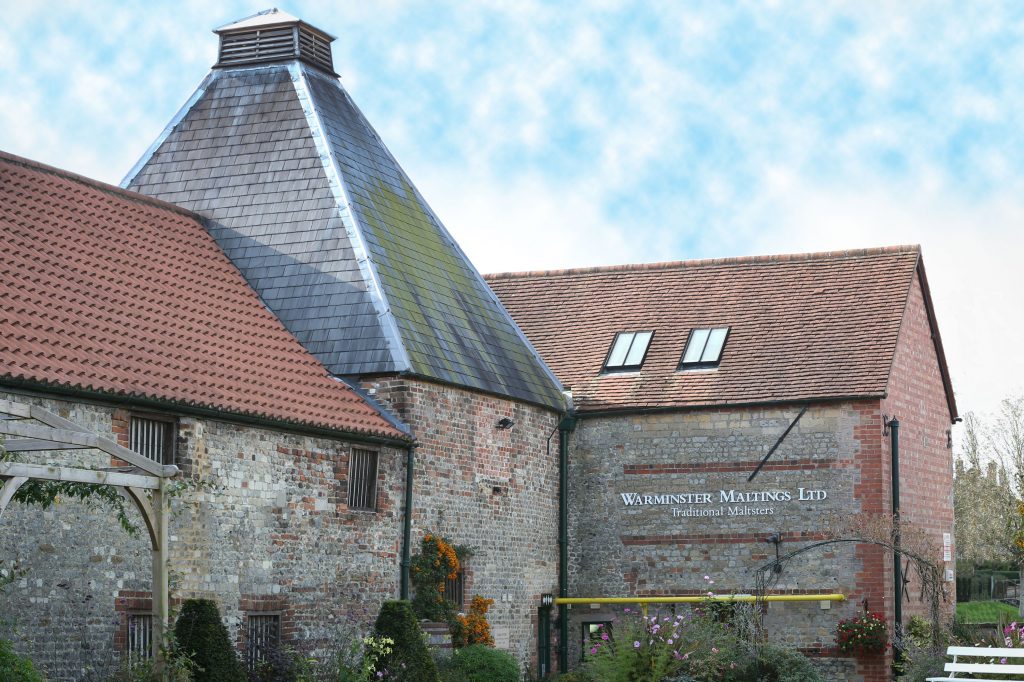
Visit the Maltings

Our History

Our Distillers Malts

Our Barley Supply

Our Delivery Service

Our Brewers Malts

Visit the Maltings
Floor made, naturally.
Like all food processing, slower is better. Our maltings was designed to follow gentle procedures, allowing for the optimum expression of the barley’s properties. Our germination floors are the perfect environment to optimize the ‘modification’ of the barley’s starch into the sugary substance called maltose.
Water comes from our own well, sunk deep below the malthouse into the chalk substrata. The temperature of this water is a stable 52F, winter and summer alike, perfect for the first stage of the malting process. Steeping the barley in water over 3 days is critical to triggering germination, the next stage in the process.
Ventilation and temperature control of the germination floors is vital to the ‘modification’ of the ‘green malt’. We work with the ambient temperatures, closing the window shutters when it is cold, and opening them when it is warm. The layout of the malthouses with its central wedge-shaped courtyard is a blueprint of the classic Victorian maltings. The complex was designed for purpose, exploiting nature’s elements.
Passage of the green malt through the process still depends on muscle power rather than ‘imported’ energy. The ‘malt-stars’ are permanently armed with a malt shovel, from steep to kiln, with other hand tools (malt ploughs, turners and levellers) completing their inventory of processing aids. At Warminster, manpower is one of our most valuable, versatile, and sustainable resources.
Robin Appel

Floor made, naturally.
Like all food processing, slower is better. Our maltings was designed to follow gentle procedures, allowing for the optimum expression of the barley’s properties. Our germination floors are the perfect environment to optimize the ‘modification’ of the barley’s starch into the sugary substance called maltose.
Water comes from our own well, sunk deep below the malthouse into the chalk substrata. The temperature of this water is a stable 52F, winter and summer alike, perfect for the first stage of the malting process. Steeping the barley in water over 3 days is critical to triggering germination, the next stage in the process.
Ventilation and temperature control of the germination floors is vital to the ‘modification’ of the ‘green malt’. We work with the ambient temperatures, closing the window shutters when it is cold, and opening them when it is warm. The layout of the malthouses with its central wedge-shaped courtyard is a blueprint of the classic Victorian maltings. The complex was designed for purpose, exploiting nature’s elements.
Passage of the green malt through the process still depends on muscle power rather than ‘imported’ energy. The ‘malt-stars’ are permanently armed with a malt shovel, from steep to kiln, with other hand tools (malt ploughs, turners and levellers) completing their inventory of processing aids. At Warminster, manpower is one of our most valuable, versatile, and sustainable resources.
“We are passionately committed to respecting the time honoured method for making malt, which we know man’s technological advances cannot do better”.
Robin Appel

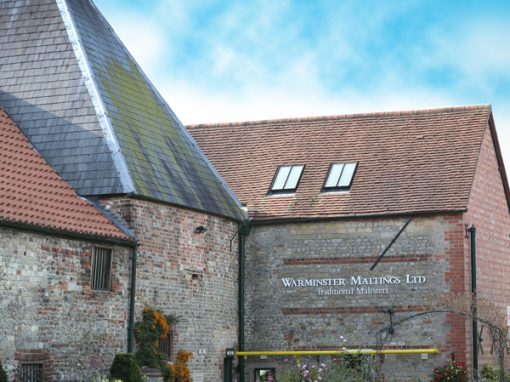
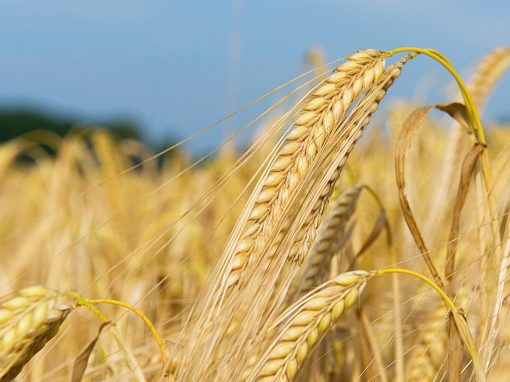
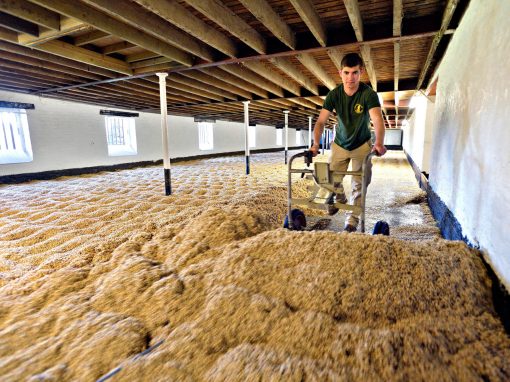
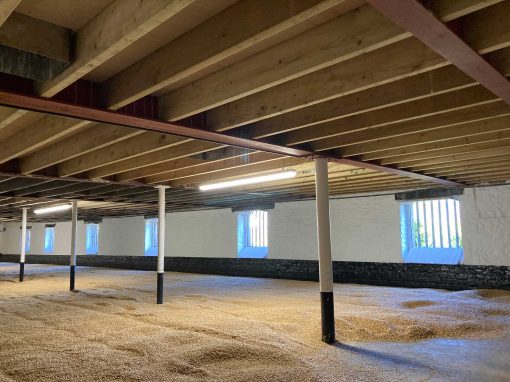
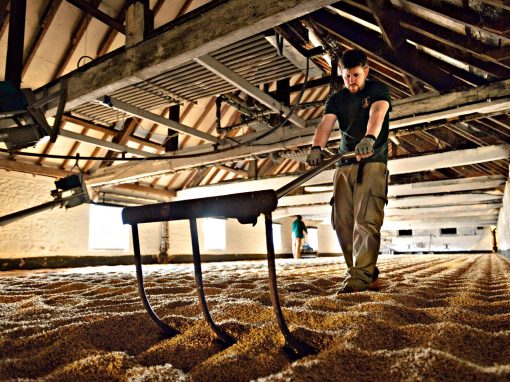
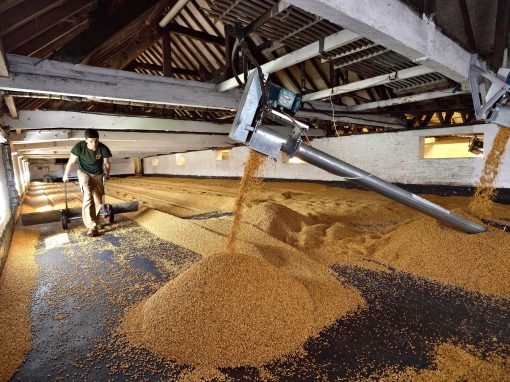

Latest from the Malt-stars News
Edition 53: Friends of Warminster Maltings
English Whisky UpdateTwo reports landed in our Inbox at the beginning of June, one of which is the first report from the newly formed English Whisky...
Edition 52: Friends of Warminster Maltings
MaltingsFest 202418th - 20th April saw the return of the annual beer festival, MaltingsFest, which is held in Newton Abbott, Devon. It is now in its...
Edition 51: Friends OF WARMINSTER MALTINGS:
Dry January? Rain Free Summer!At Warminster Maltings we have had an amazing start to the year. Despite the widely reported 8% drop in “drinks sales”...
Edition 50: Friends of Warminster Maltings
New Year, New Hope, and New PricesWe can shout about the ‘New Prices’, because, contrary to almost anything else in our lives at the moment, from...
Edition 49: Friends of Warminster Maltings
Bonfire Night!On this day, 99 years ago, Warminster Maltings suffered a rather disastrous and costly event! There was a fire which, amongst much...
Edition 48: Friends of Warminster Maltings
We're On The Telly, Again!“A Cotswold Farmshop”, a new series on Channel 4, on Monday nights at 8 o’clock, began screening on Monday August 7th....






